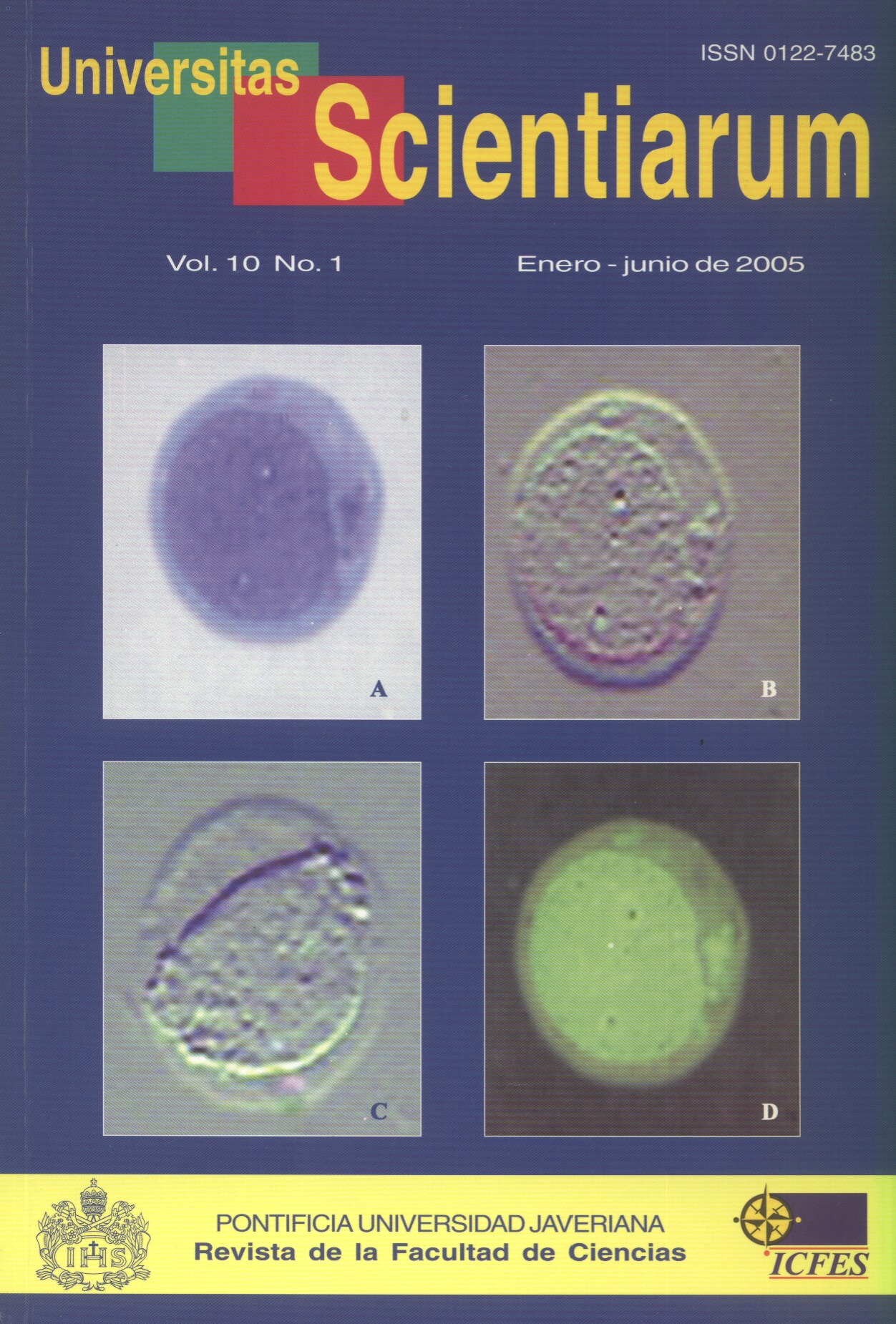Abstract
Ralstonia eutropha es la bacteria más utilizada en la producción de poli-b-hidroxibutirato (PHB) por su capacidad de acumular polímero hasta en un 80% de su peso seco. En el presente trabajo se realizaron fermentaciones por lote alimentado en dos etapas a escala 3 litros usando tres concentraciones de fructosa (5, 10 y 15 g/l). En la primera etapa, manteniendo constante la relación carbono-nitrógeno en 6.85 g C/g N, se buscó obtener una alta concentración celular; en la segunda etapa las células obtenidas se limitaron en la fuente de nitrógeno para permitir la acumulación del biopolímero. La mejor concentración para producir el material es 5 g/l en la cual se obtuvo un porcentaje de acumulación del 66.2%, una velocidad de crecimiento específico inicial de 0.5171 h-1 y una productividad de 0.1245 g PHB/ l h.Univ. Sci. is registered under a Creative Commons Attribution 4.0 International Public License. Thus, this work may be reproduced, distributed, and publicly shared in digital format, as long as the names of the authors and Pontificia Universidad Javeriana are acknowledged. Others are allowed to quote, adapt, transform, auto-archive, republish, and create based on this material, for any purpose (even commercial ones), provided the authorship is duly acknowledged, a link to the original work is provided, and it is specified if changes have been made. Pontificia Universidad Javeriana does not hold the rights of published works and the authors are solely responsible for the contents of their works; they keep the moral, intellectual, privacy, and publicity rights. Approving the intervention of the work (review, copy-editing, translation, layout) and the following outreach, are granted through an use license and not through an assignment of rights. This means the journal and Pontificia Universidad Javeriana cannot be held responsible for any ethical malpractice by the authors. As a consequence of the protection granted by the use license, the journal is not required to publish recantations or modify information already published, unless the errata stems from the editorial management process. Publishing contents in this journal does not generate royalties for contributors.



